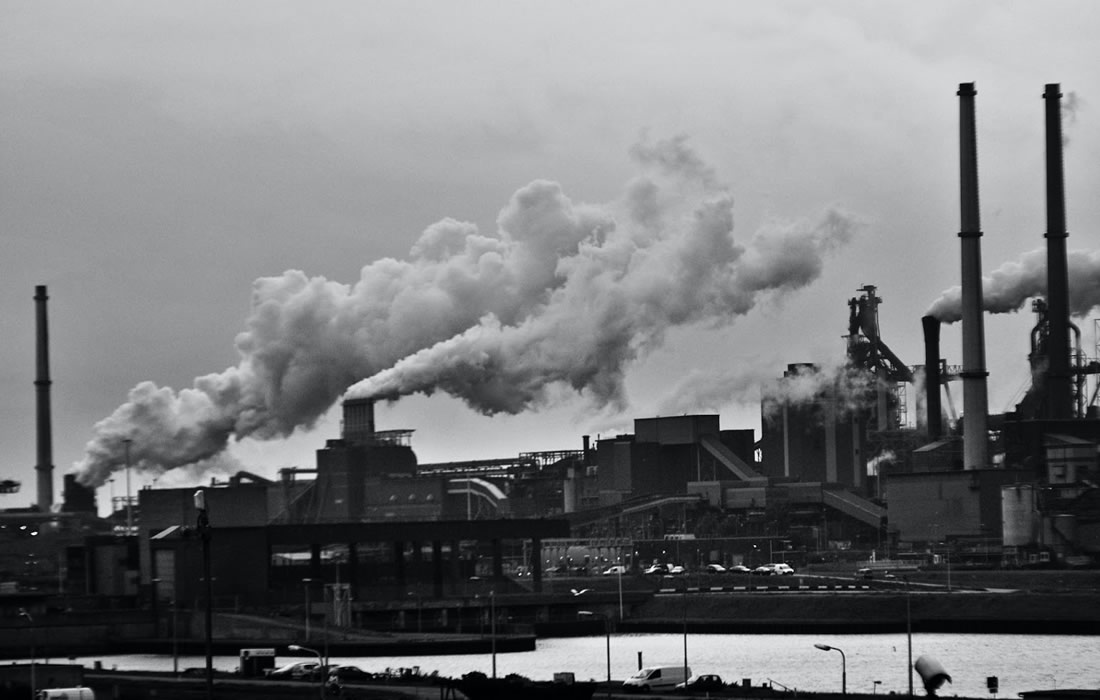Regenerative Medicine News and General Information
Polluted Air Also May Hurt Reproductive Health
In a study of air pollution data in relation to markers of reproductive development in infancy, Rutgers researchers found certain pollutants may negatively alter anogenital distance, a measure of prenatal exposure to hormones.
Cross-sectional studies in adult men and women have shown that alterations in anogenital distance — the length between genitals and the anus — may be related to hormone levels as well as semen quality, fertility and reproductive disorders.
In animal studies, anogenital distance is used to determine developmental toxicity of pollutants.
One measurable impact is on the reproductive system. When anogenital distance is reduced in male offspring, it’s a sign that a toxic exposure is interfering with fetal testosterone production, Barrett said.
To test their hypothesis, Barrett and colleagues used data from an ongoing longitudinal study of pregnant women and their children launched in 2010 in four U.S. cities: Minneapolis; Rochester, N.Y.; San Francisco; and Seattle.
Anogenital distance at birth in children, and at one year for boys, was measured as part of the TIDES program.
These data were then compared with levels of nitrogen dioxide and fine particulate matter (PM2.5) — particle pollution 2.5 micrometers or smaller released during the burning of gasoline, oil, diesel and wood.
An air pollution monitoring system administered by the University of Washington tracked pollution levels in the residential areas of TIDES participants during pregnancy.
By comparing these two measures, the researchers identified a link between exposure to air pollution during key developmental windows and anogenital distance.
For instance, higher PM2.5 exposure during the so-called male programming window at the end of the first trimester, when the male fetus typically receives a surge of hormones, was associated with shorter anogenital length at birth.
The researchers also observed that higher PM2.5 during mini puberty (a period in early infancy when hormone production is high) was associated with shorter anogenital distance in males at age one.
These findings suggest there may be multiple points during early development that the reproductive system may be vulnerable to the impacts of air pollutants.
Sources:
Emily S. Barrett, Sima Sharghi, Sally W. Thurston, Marissa Sobolewski Terry, Christine T. Loftus, Catherine J. Karr, Ruby H.N. Nguyen, Shanna H. Swan, Sheela Sathyanarayana. Associations of Exposure to Air Pollution during the Male Programming Window and Mini-Puberty with Anogenital Distance and Penile Width at Birth and at 1 Year of Age in the Multicenter U.S. TIDES Cohort. Environmental Health Perspectives, 2023; 131 (11) DOI: 10.1289/EHP12627
Rutgers University. “Exposure to air pollution in utero may affect reproductive system development.” ScienceDaily. ScienceDaily, 15 November 2023. <www.sciencedaily.com/releases/2023/11/231115133209.htm>.
Materials provided by Rutgers University. Original written by Greg Bruno. Note: Content may be edited for style and length.
Images from:
Photo by Fran Van Heerden
https://www.pexels.com/photo/grayscale-photography-of-locomotive-train-beside-factory-682078/

